Causes and Solutions of Cavitation in Slurry Pumps
This article explores the causes of cavitation in slurry pumps and provides effective solutions to mitigate this issue.
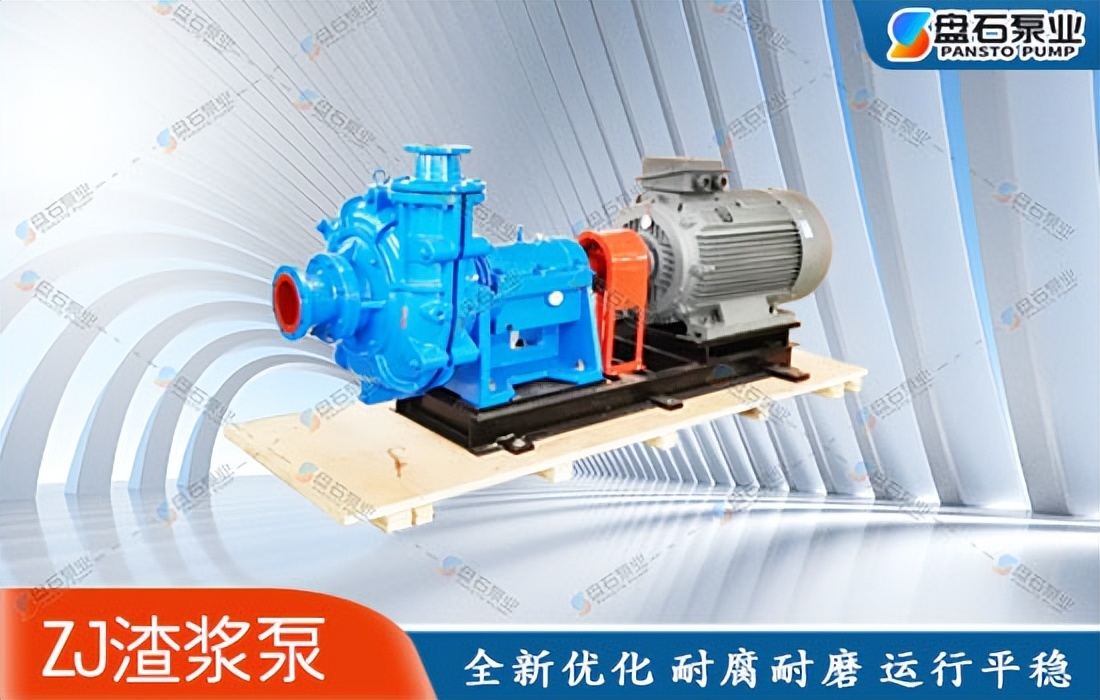
slurry pumps,Cavitation is a common problem encountered in slurry pumps that can lead to decreased efficiency, increased maintenance costs, and premature wear of pump components. Understanding the causes of cavitation and implementing effective solutions is crucial for optimizing pump performance and prolonging its lifespan.
Causes of Cavitation in Slurry Pumps:
1. Insufficient NPSH (Net Positive Suction Head): When the suction pressure at the pump inlet falls below the required level, vapor bubbles form in the pump impeller. These bubbles collapse as they pass into the higher pressure regions, causing cavitation. Insufficient NPSH can be caused by improper pump selection, high suction lift, undersized suction pipes, or system leakage.
2. High Slurry Velocity: Excessive flow velocity within the pump can cause localized low-pressure zones, leading to cavitation. This can occur when the pump operates at a higher than recommended speed or when the slurry density changes abruptly.
3. Air Entrapment: Air trapped in the Slurry Pumps can also cause cavitation. This can happen due to inadequate priming, air leakage into the suction line, or improper installation of the pump.
Slurry Pumps Solutions to Cavitation:
1. Increase NPSH: Ensure that the pump is correctly sized based on the system requirements and operating conditions. Minimize suction lift, use larger suction pipe diameters to reduce frictional losses, and fix any leaks in the system. Installing a booster pump or reducing the discharge head can also increase the available NPSH.
2. Impeller Modifications: Redesigning the impeller geometry to reduce turbulence and improve flow patterns can help mitigate cavitation. This may involve adjusting the impeller diameter, blade angles, or introducing special coatings that enhance resistance to cavitation.
3. Air Release Devices: Installing air release valves or vents in the suction line can help eliminate trapped air, reducing the risk of cavitation. Regular maintenance and inspection of these devices are necessary to ensure proper functioning.
4. Slurry Pumps Flow Control: Implementing flow control measures, such as installing throttling valves or utilizing variable speed drives, can help regulate the slurry velocity within acceptable limits. This prevents excessive localized pressure drops and minimizes the chances of cavitation.
5. Regular Maintenance: Routine inspection, cleaning, and repair of the pump components are essential to prevent cavitation. This includes ensuring proper impeller clearance, checking for worn-out parts, and replacing damaged or faulty components.
6.Reducing Slurry Pumps Turbulence: Turbulent flow conditions can exacerbate cavitation. By implementing measures to reduce turbulence, such as using flow straighteners or optimizing the design of the suction pipe, the risk of cavitation can be further minimized.
7.Material Selection: Choosing the right materials for pump components can significantly affect resistance to cavitation. Materials with excellent erosion and corrosion resistance, such as hardened alloys or ceramics, can be utilized to prolong the lifespan of the pump and mitigate cavitation damage.
8.System Optimization: Ensuring proper system design and operation is crucial in preventing cavitation. This involves considering factors such as pipe sizing, avoiding sudden changes in flow velocity or direction, and maintaining a stable slurry supply. Additionally, optimizing the pump’s operating point within the curve can help reduce the occurrence of cavitation.
9.Monitoring and Control Systems: Implementing advanced monitoring and control systems can provide real-time insights into pump performance and cavitation risks. These systems can include sensors for measuring pressure, temperature, and vibration, as well as automated controls to adjust pump speed or flow to prevent cavitation.
10.Training and Education: Providing comprehensive training to pump operators and maintenance personnel on the causes, effects, and prevention of cavitation is essential. This ensures that individuals responsible for pump operation and maintenance are equipped with the necessary knowledge and skills to recognize and address cavitation-related issues promptly.
11.Computational Fluid Dynamics (CFD) Analysis: Utilizing CFD simulations can aid in predicting and understanding cavitation phenomena within the pump system. By simulating fluid flow and pressure distribution, engineers can identify potential cavitation-prone areas and optimize the pump design accordingly.
12.Case Studies and Best Practices: Including real-life case studies and examples of successful cavitation prevention and mitigation strategies can provide practical insights for readers. Highlighting best practices from various industries and showcasing the benefits of implementing effective solutions can further enhance the article’s value.

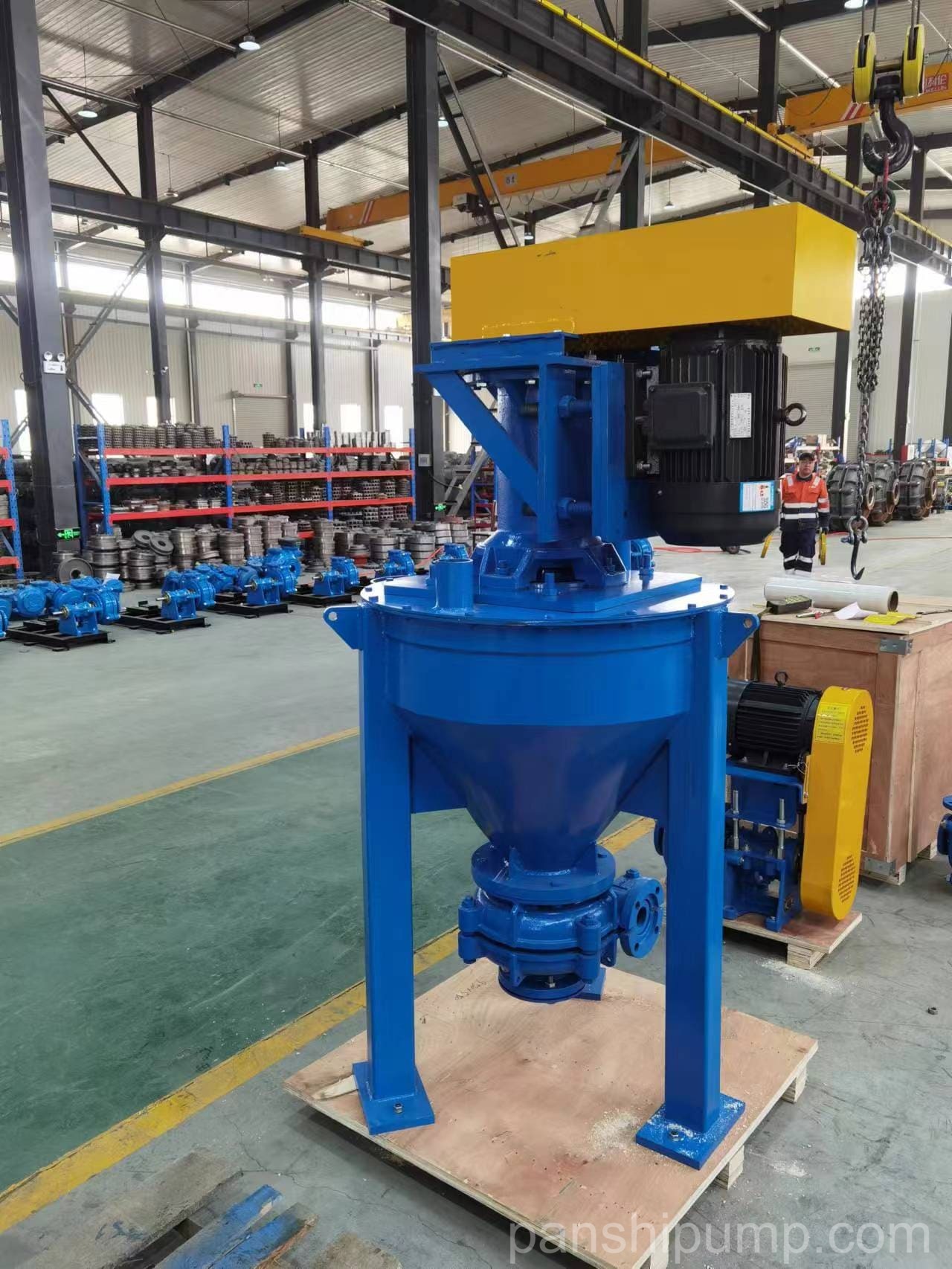
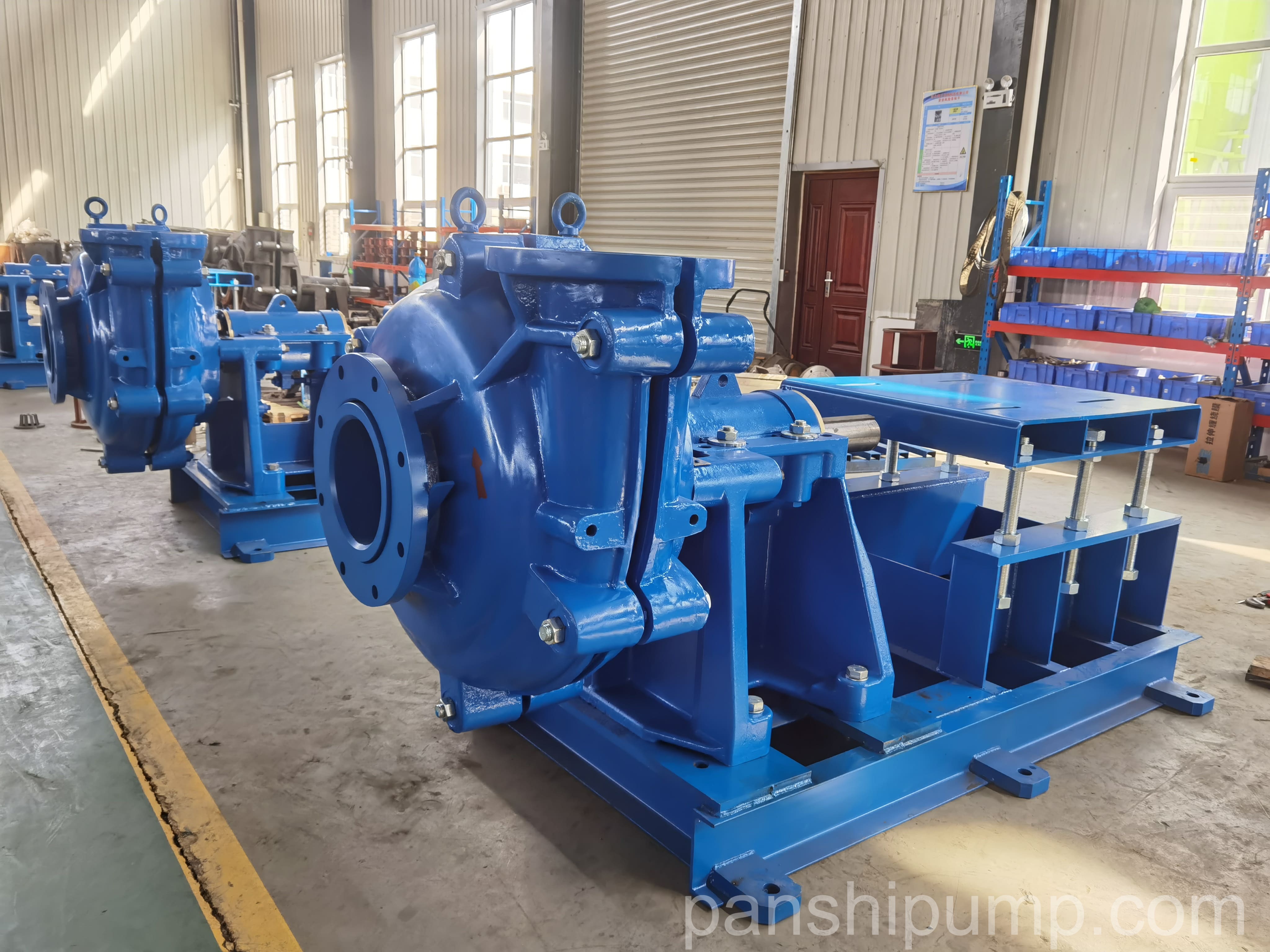
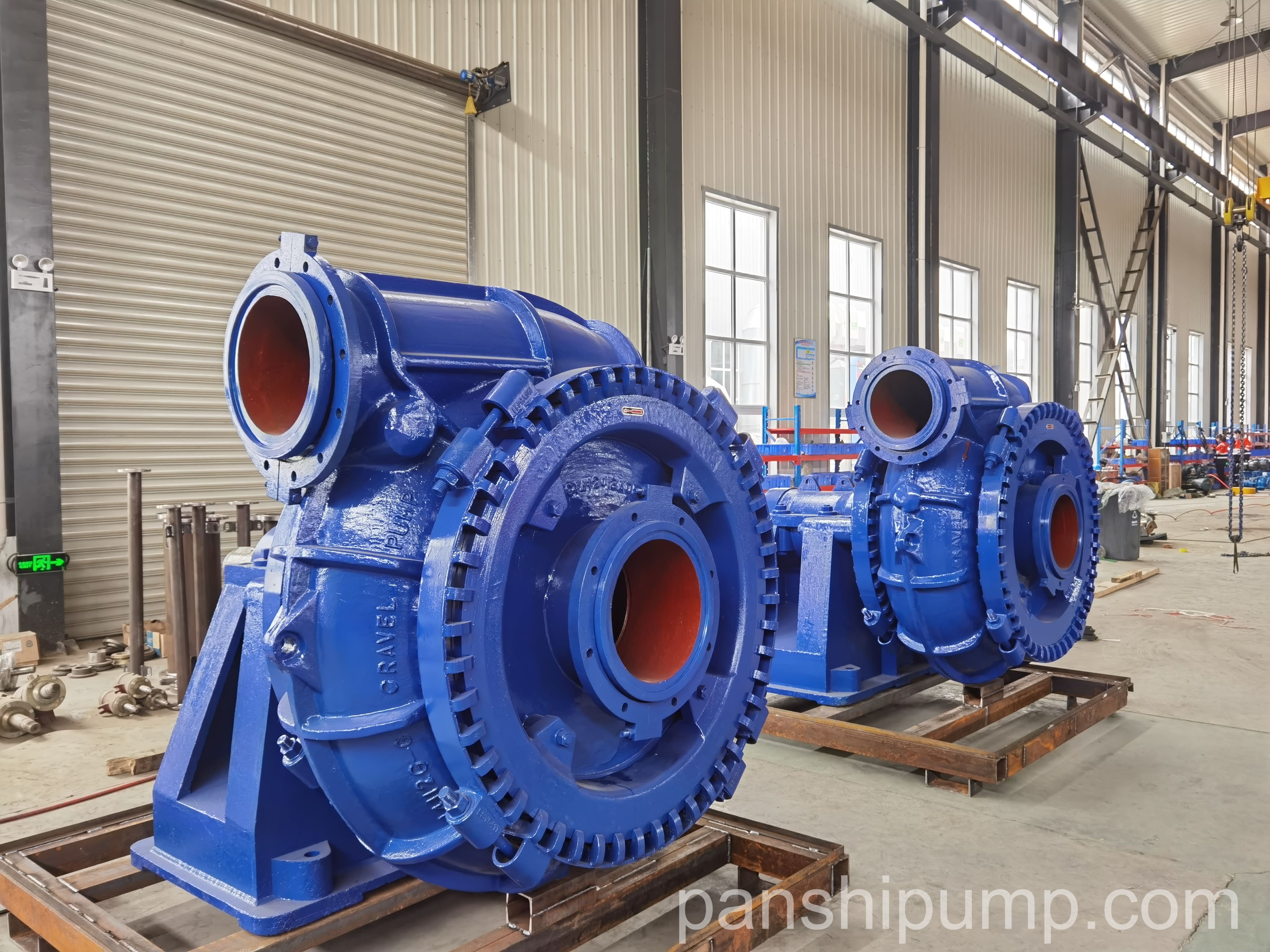
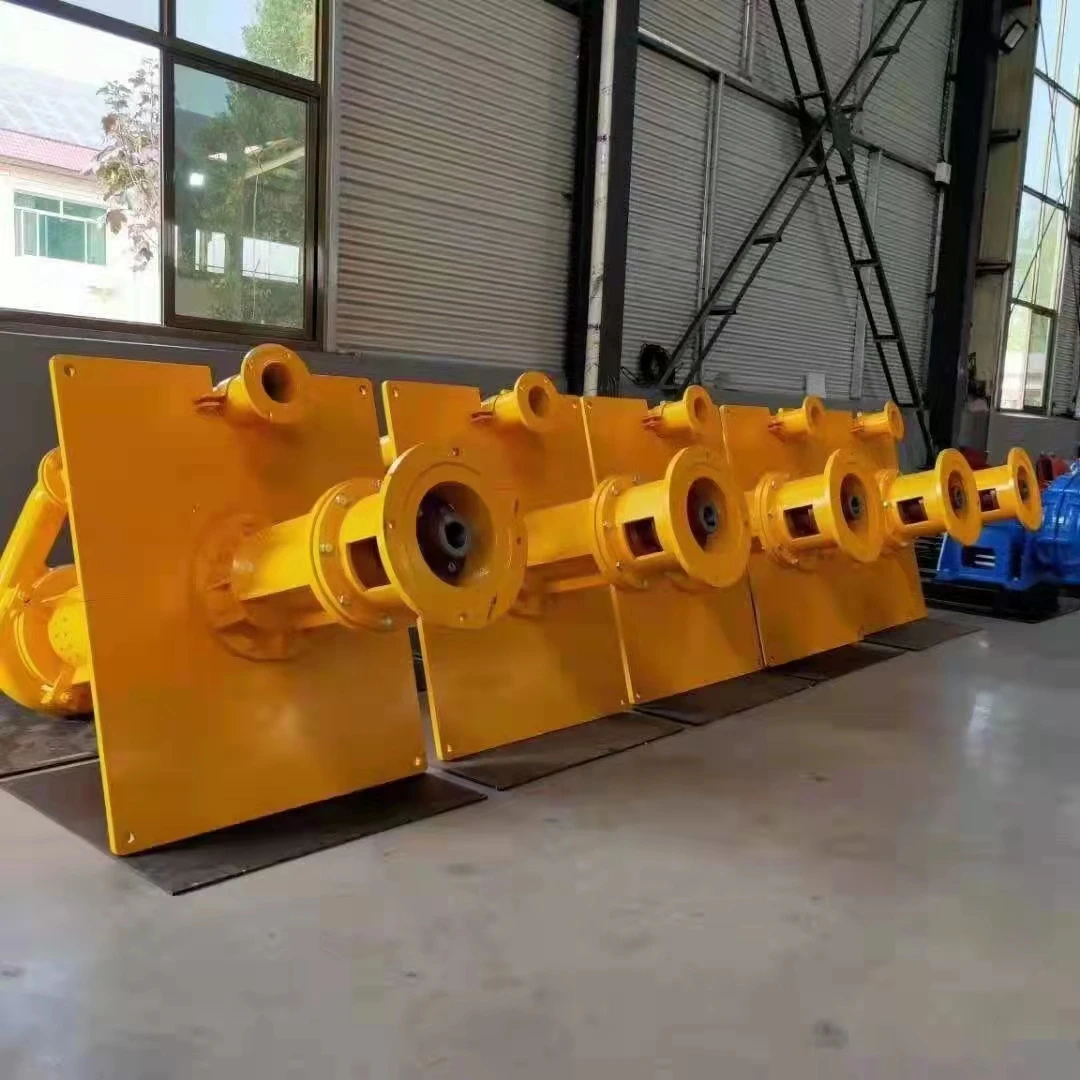
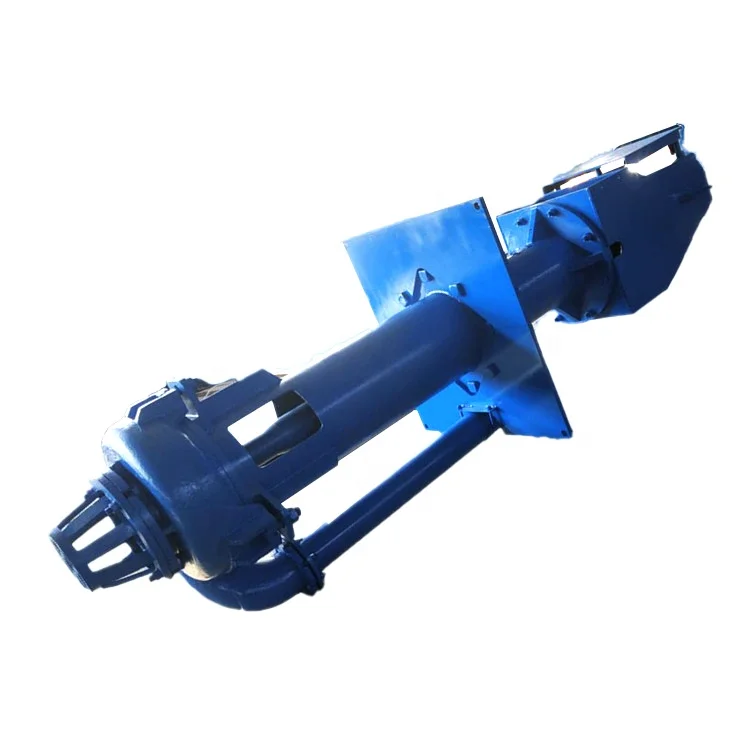
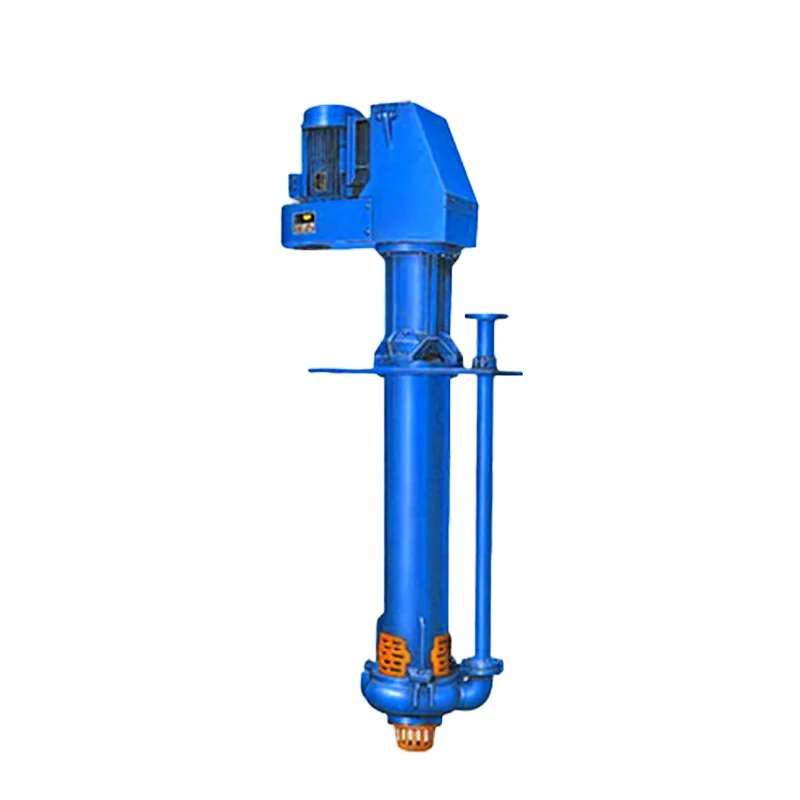
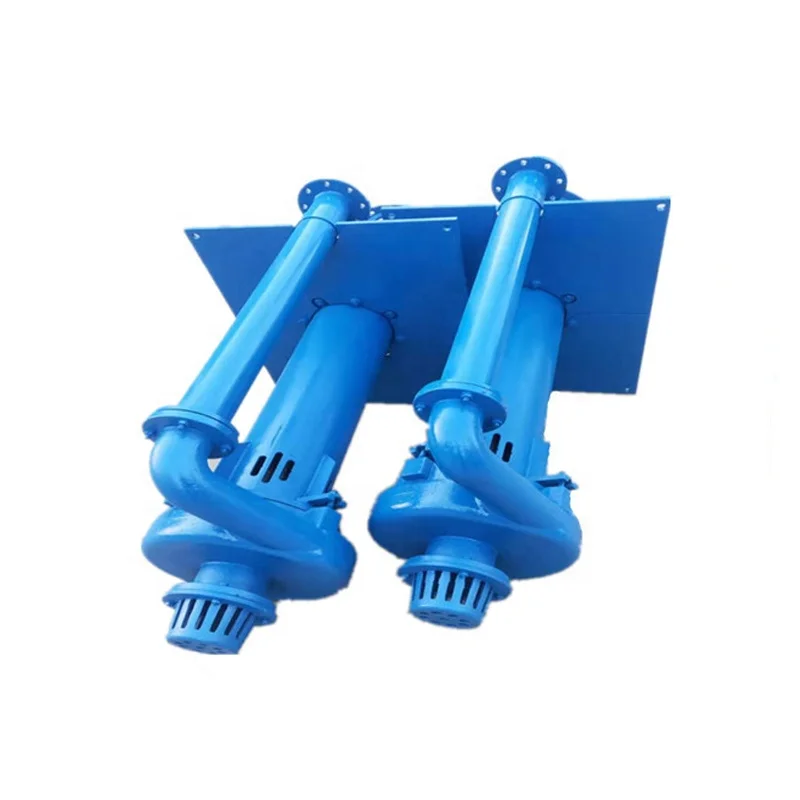
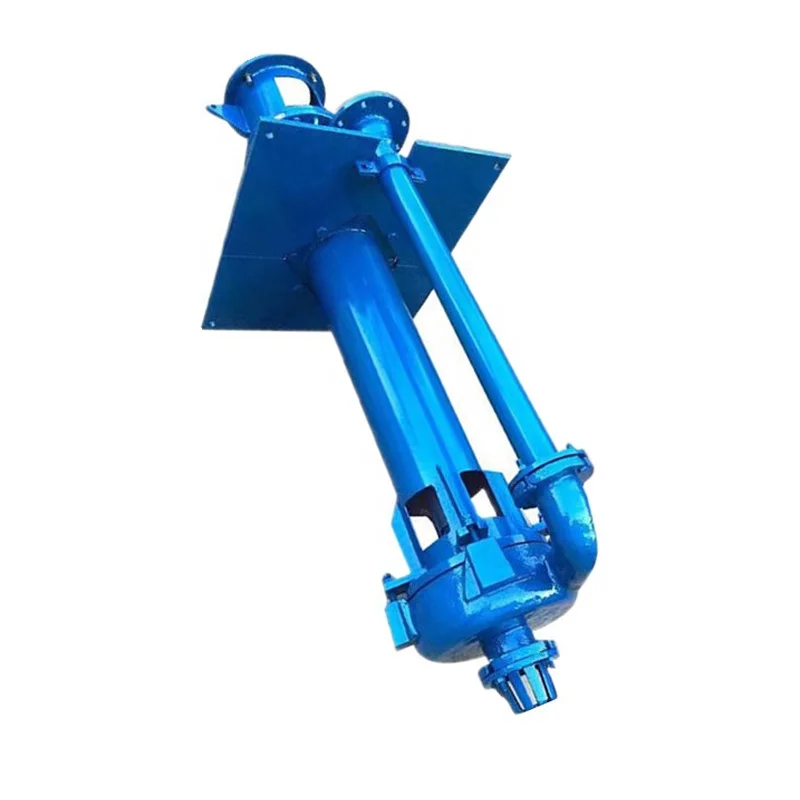
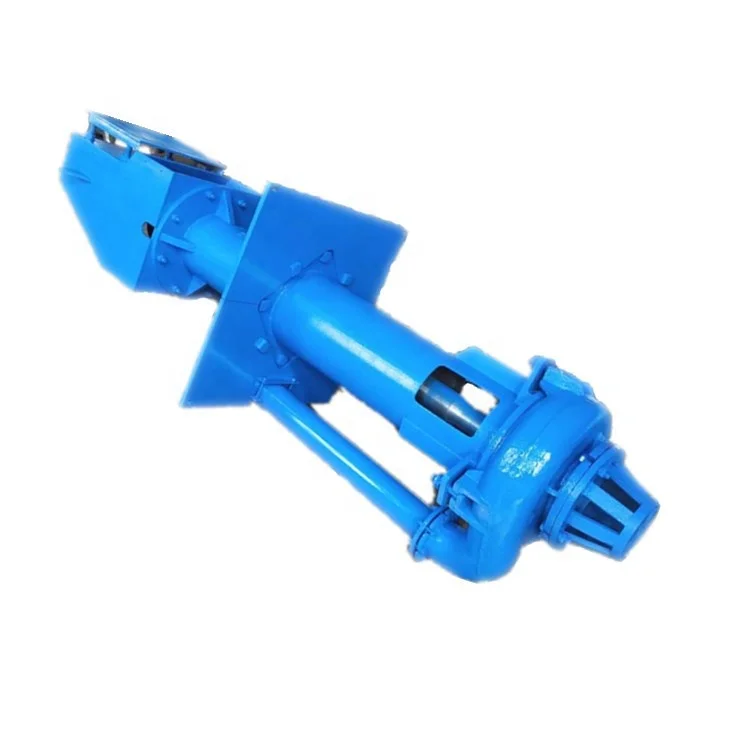
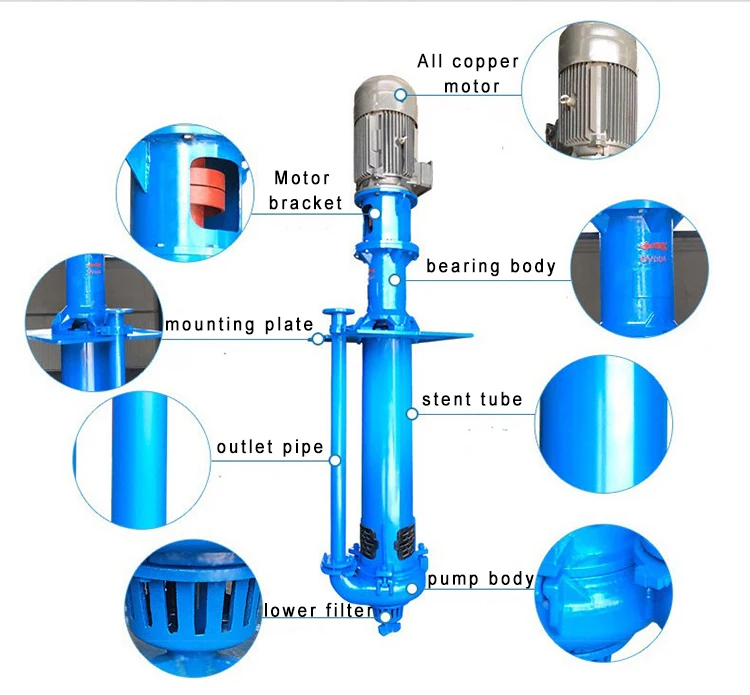
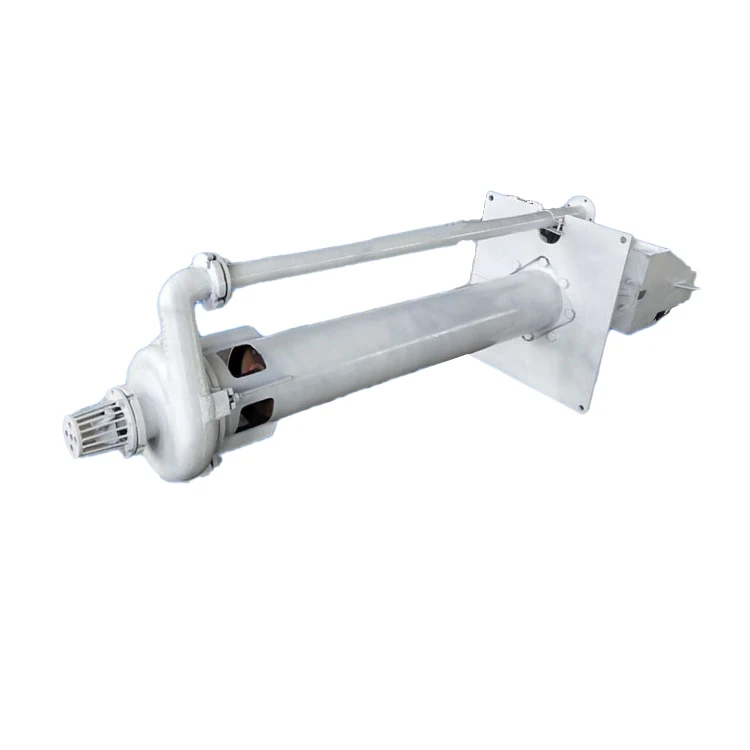
Please login to write a comment after